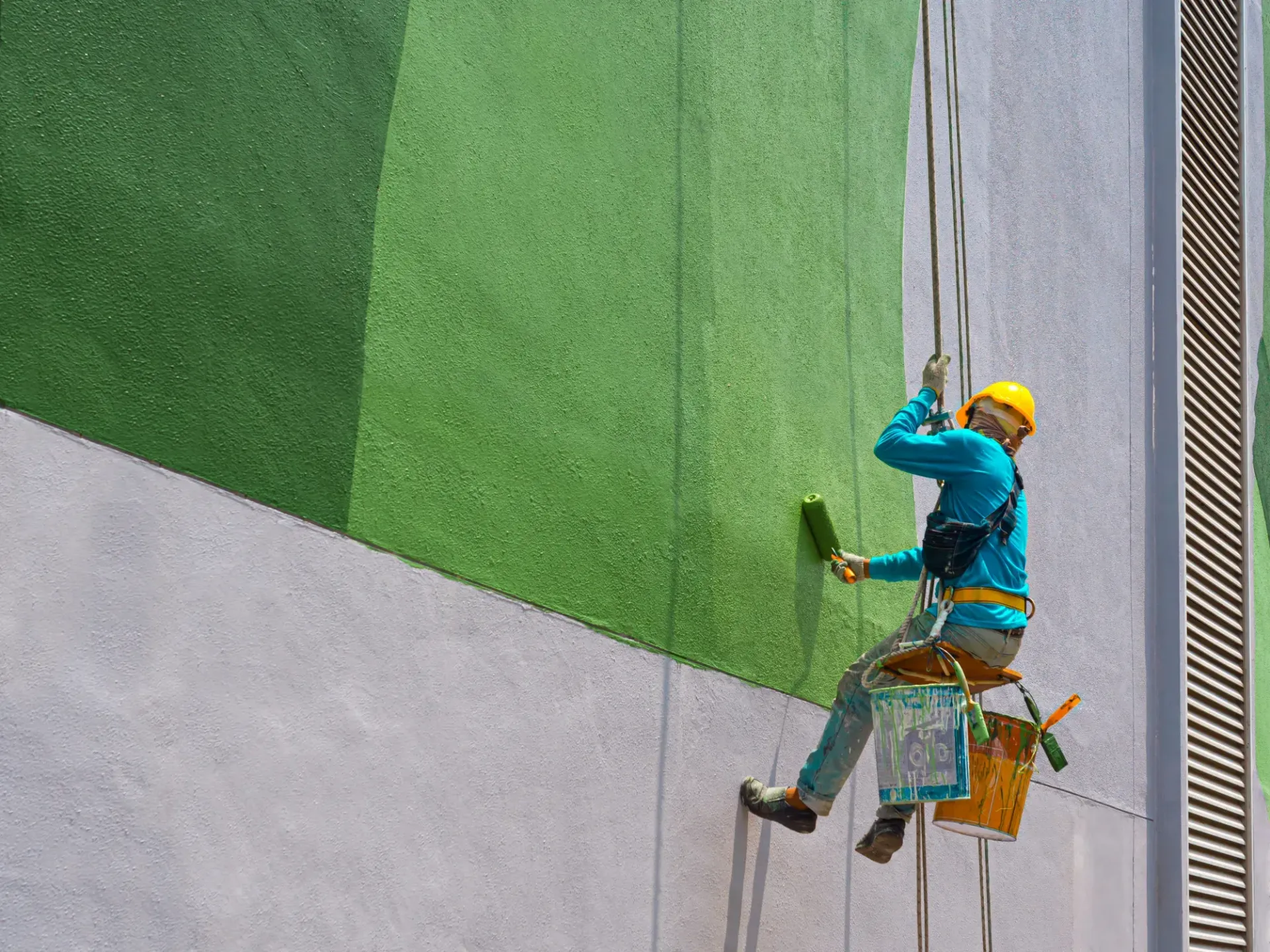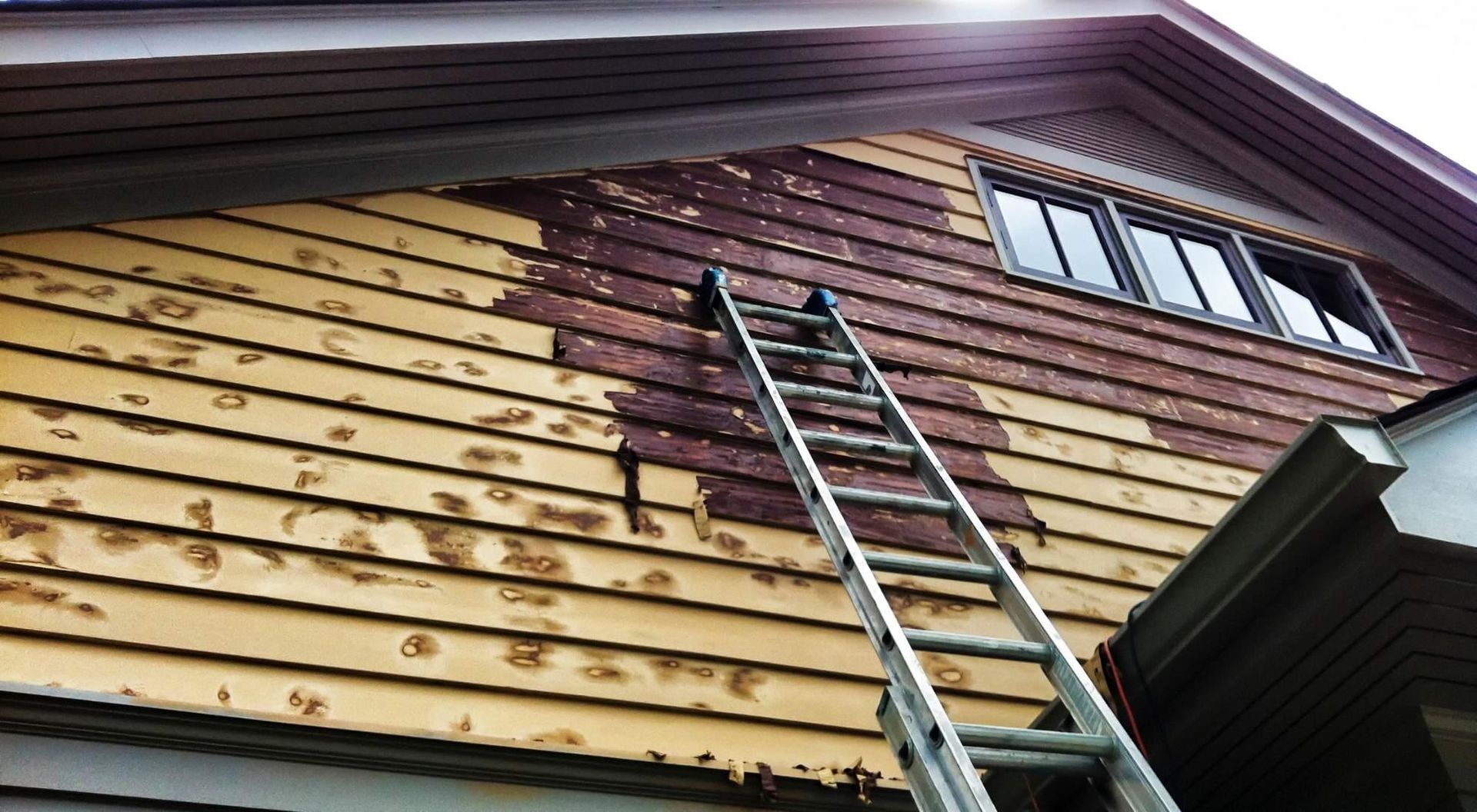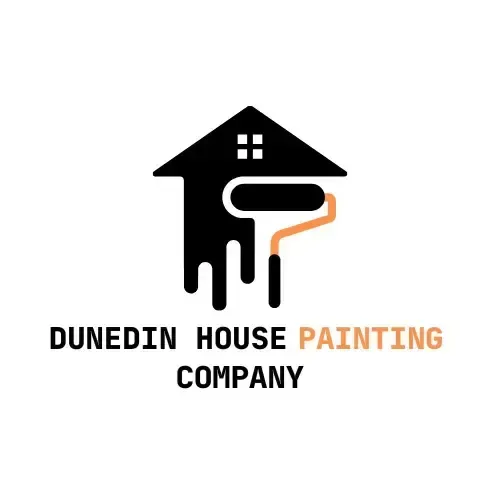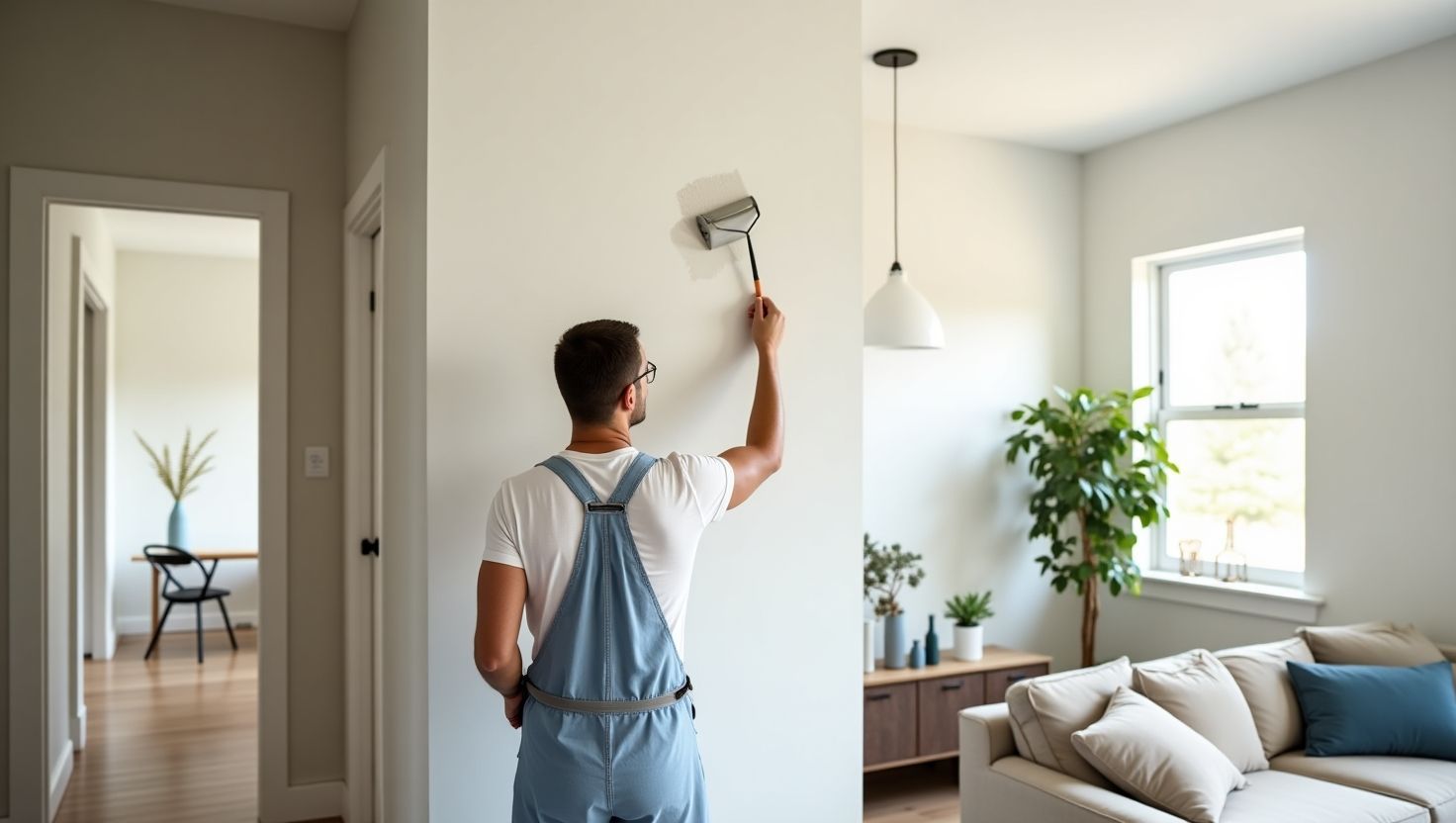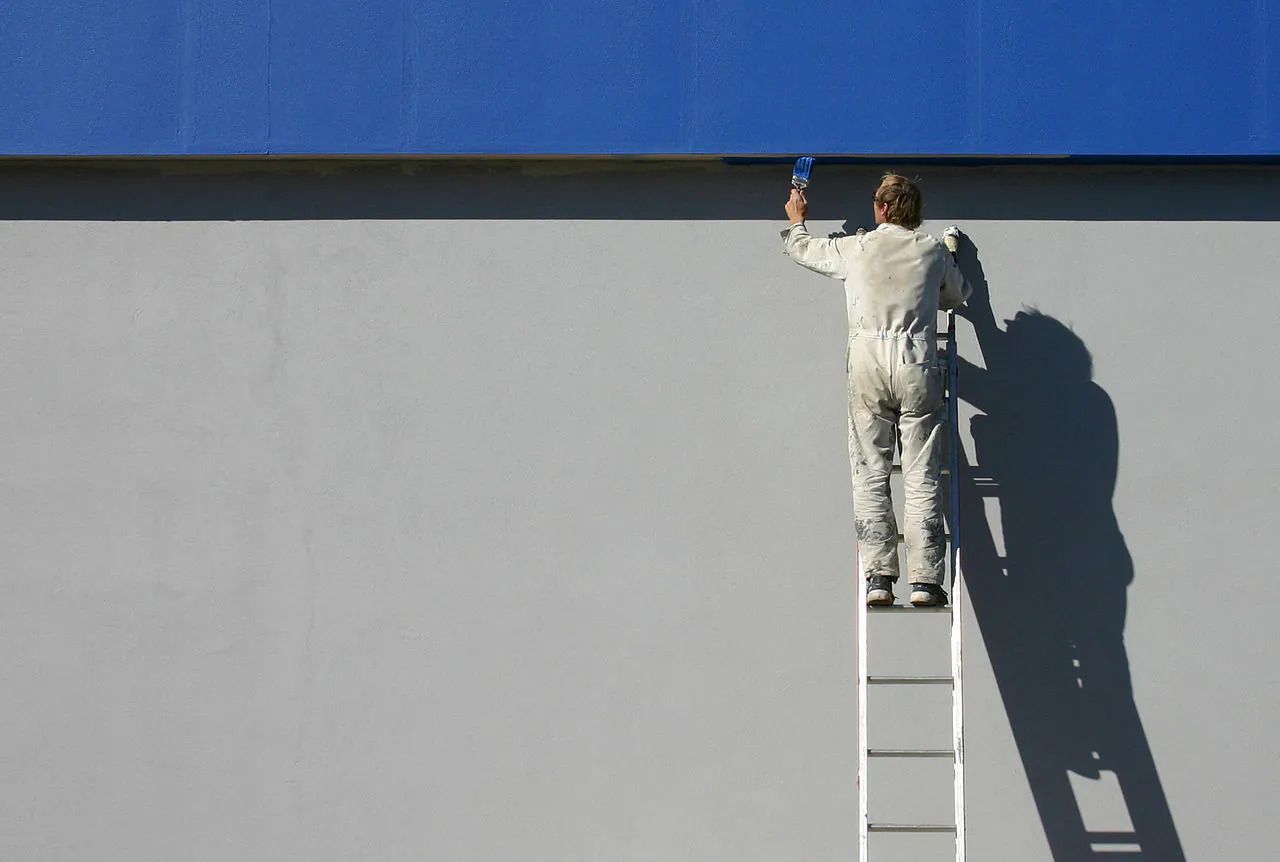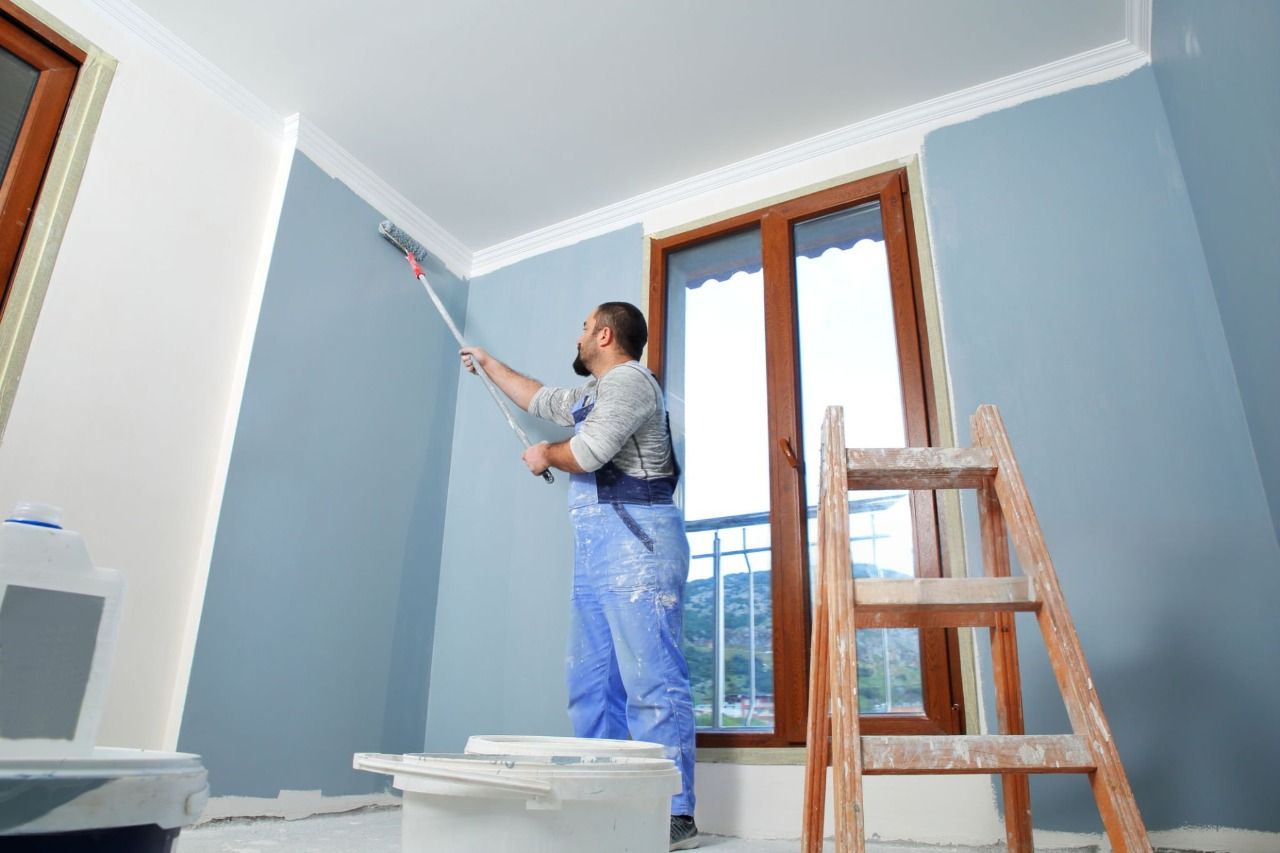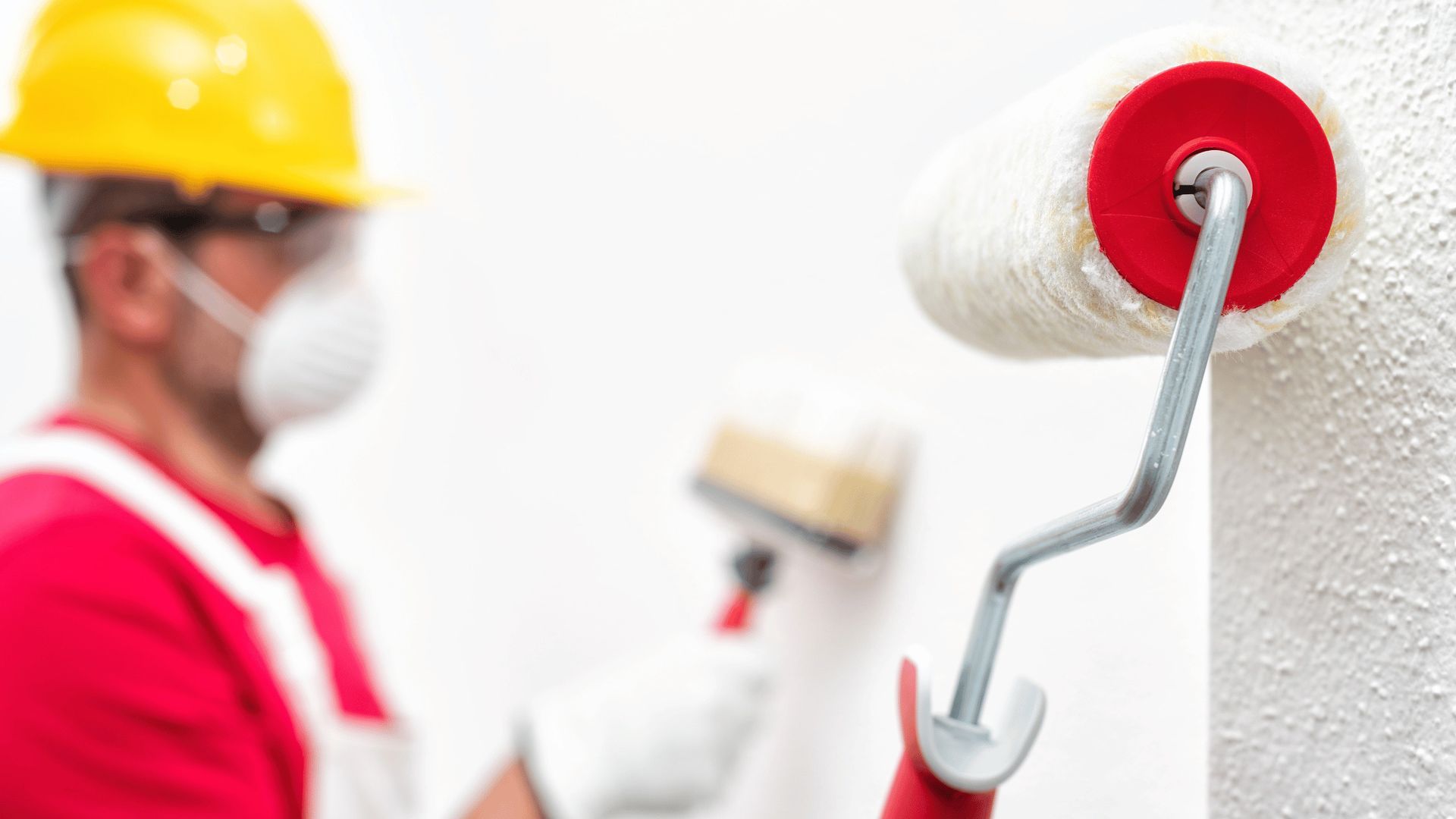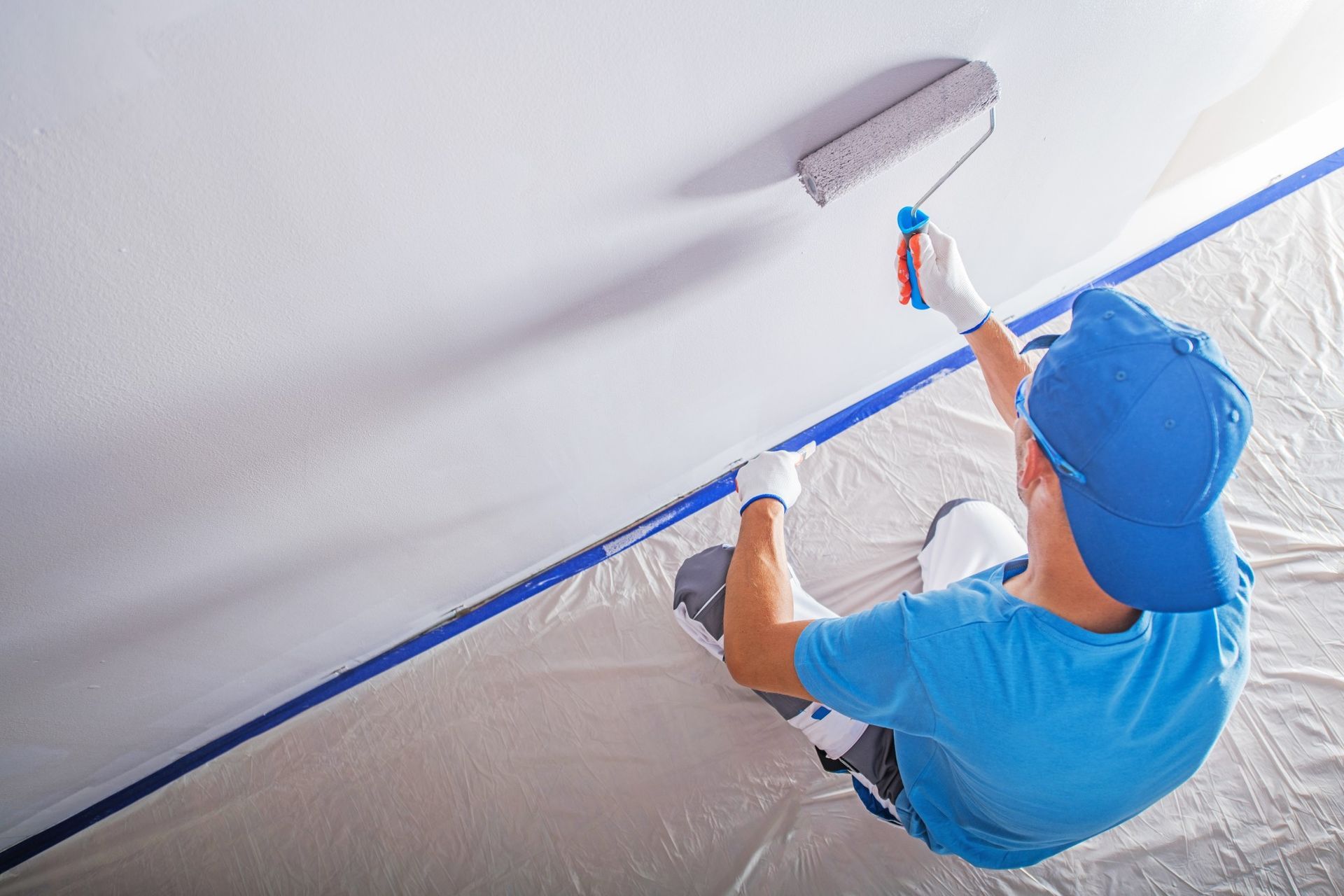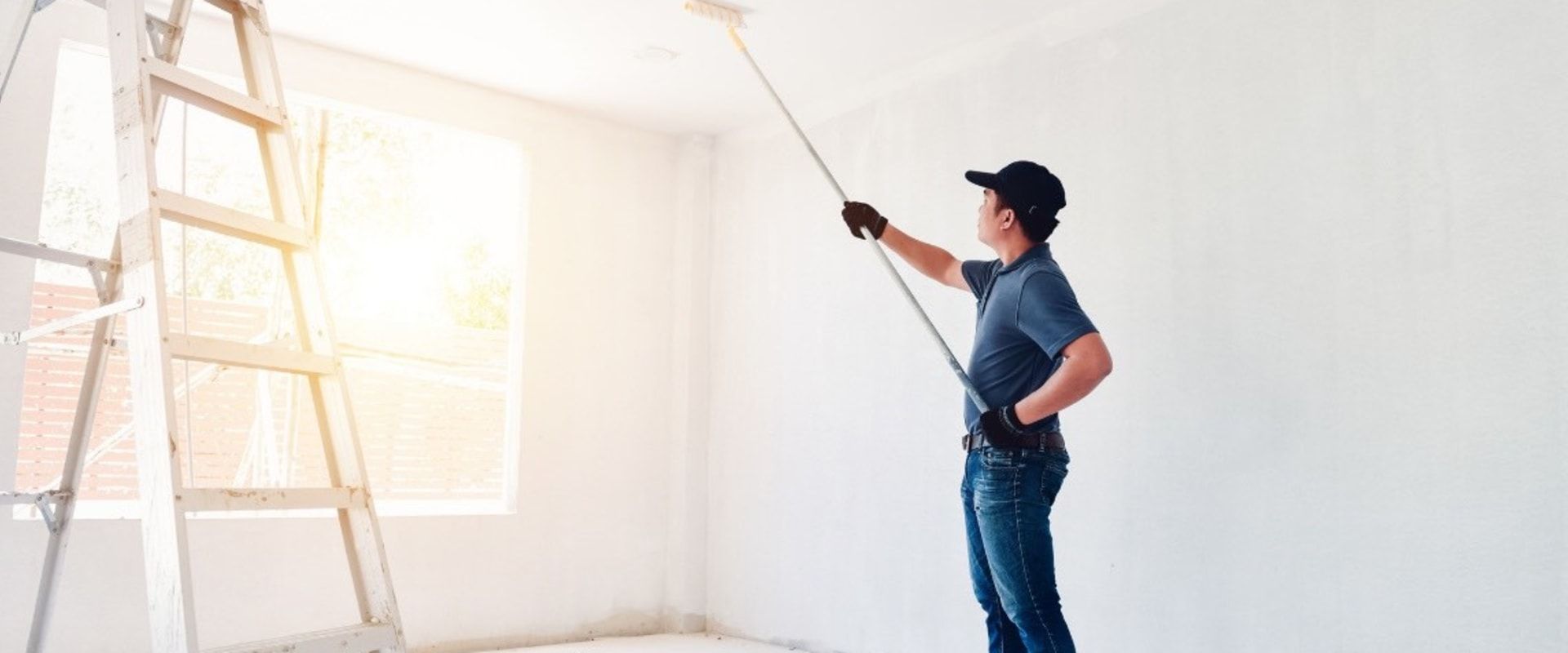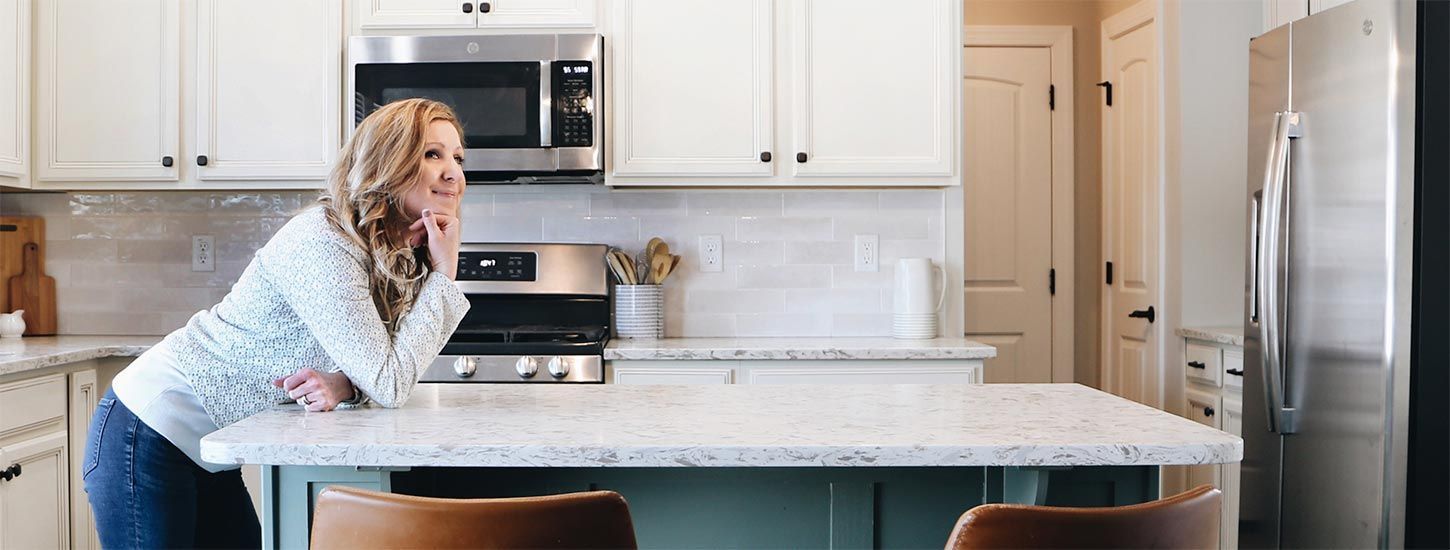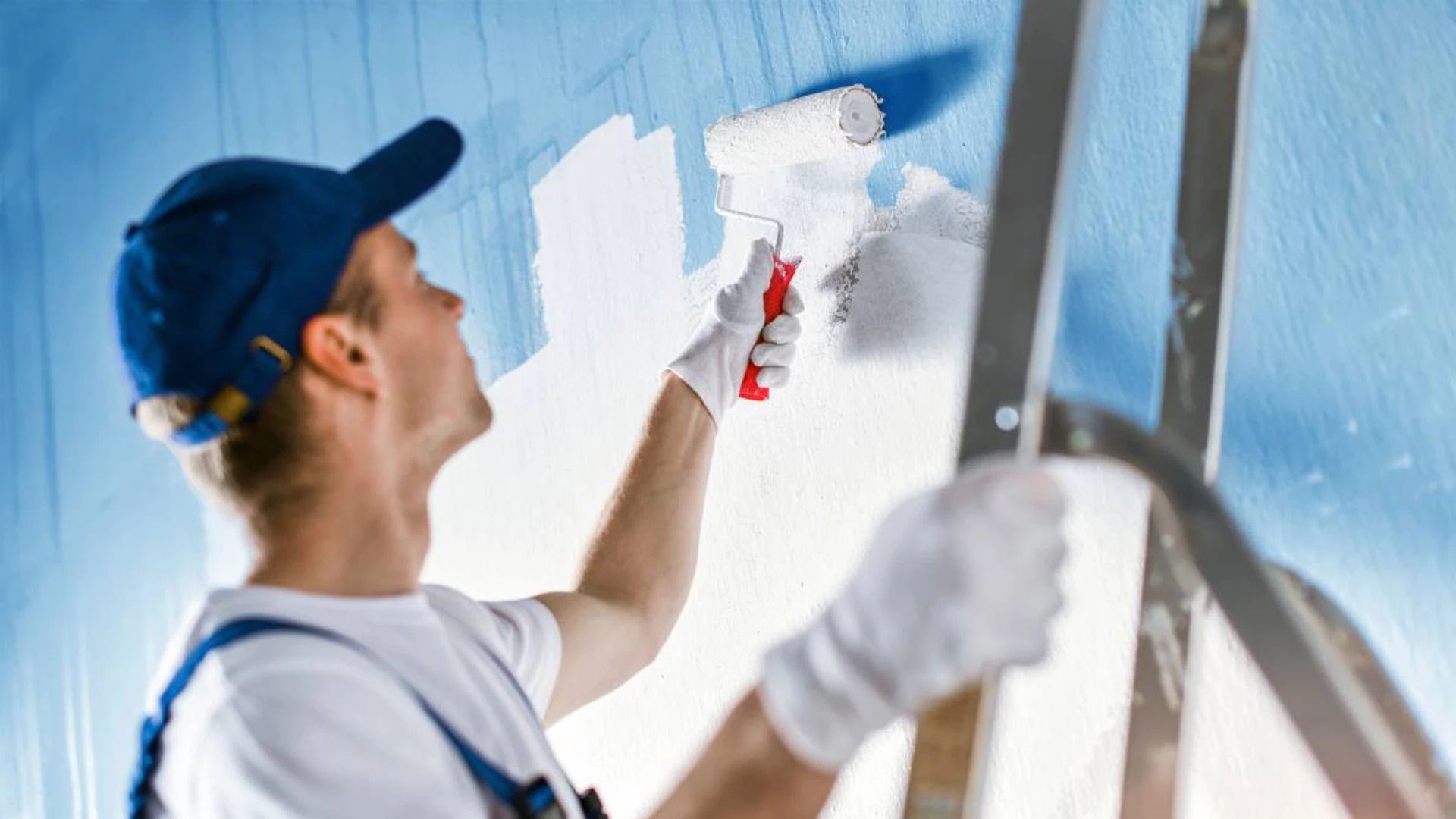Can Paint Shield Your Home from the Elements? Here’s the Truth
Introduction to Paint as Protection
When people think of exterior paint, they often picture vibrant colors and curb appeal. But paint does much more than beautify—it’s a vital layer of defense against Mother Nature. Can paint shield your home from the elements? The short answer is yes—but it’s not just about slapping on a coat and calling it a day. The quality, type, and application of paint all determine how well it protects your home from rain, UV rays, wind, and extreme temperatures.
Let’s uncover the truth about paint’s protective power and how it can add years to your home’s structure and value.
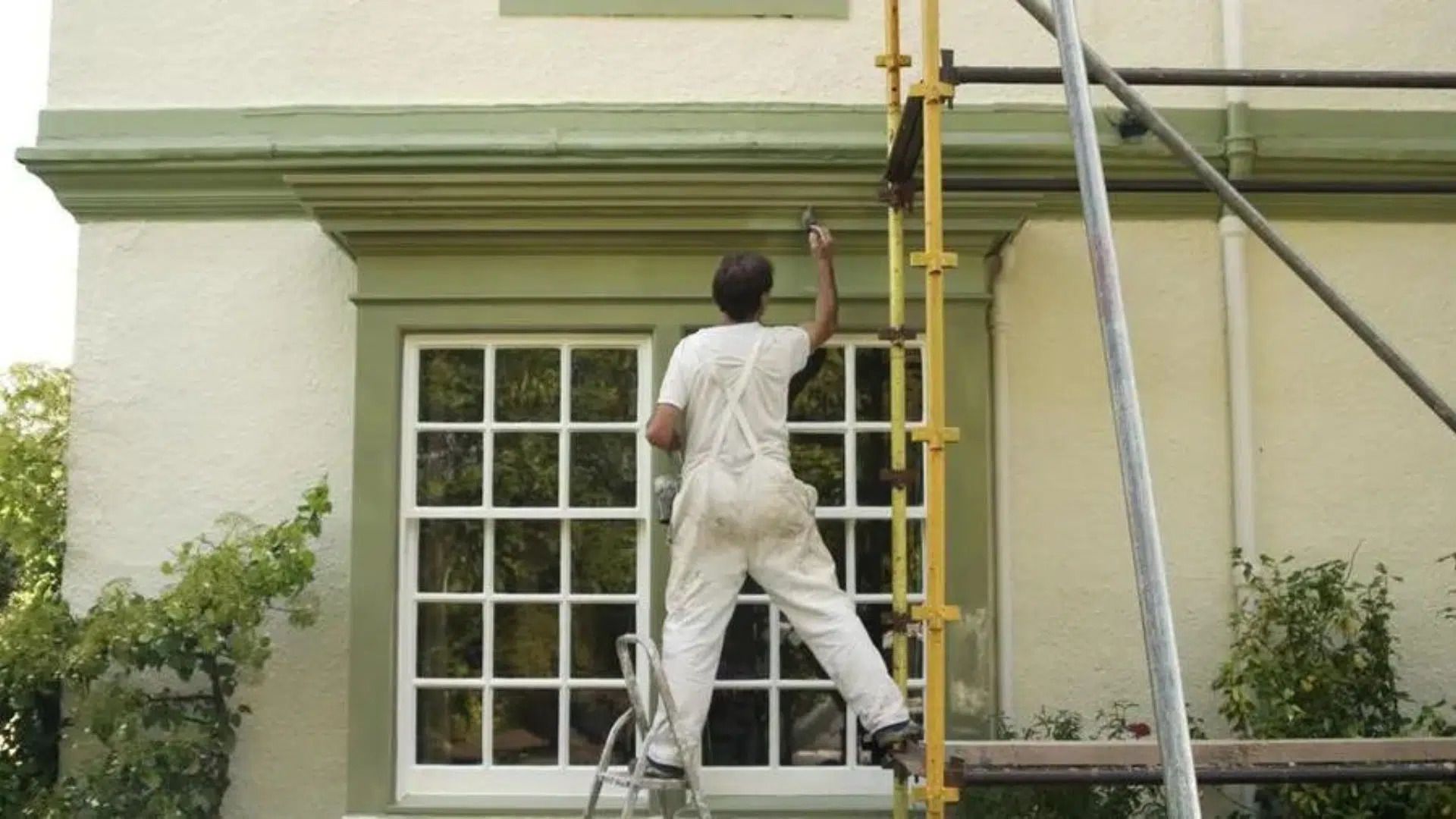
Can Paint Shield Your Home from the Elements?
Yes, paint can indeed shield your home—if chosen and applied correctly. Exterior paint forms a seal that resists water intrusion, reflects UV rays, and reduces temperature changes in materials like wood, stucco, or metal. Think of it like sunscreen for your home: it's not visible protection, but it’s crucial.
Most modern exterior paints include additives that prevent mold, mildew, and rot while also helping the surface withstand expansion and contraction due to temperature shifts. This resilience keeps materials from cracking, warping, or deteriorating prematurely.
So while paint alone won’t stop a hurricane, it can drastically reduce the everyday wear and tear caused by the weather—saving you thousands in repairs.
What Does Exterior Paint Actually Do?
Exterior paint does more than coat surfaces with color. It creates a flexible membrane that:
- Blocks UV rays
- Repels water
- Resists mold and mildew
- Keeps surfaces from warping
- Fights against corrosion and rust
A good exterior paint, combined with proper surface preparation, can extend the life of siding, trim, doors, and even roofing structures.
Common Myths About Paint and Weatherproofing
You might have heard that paint is purely cosmetic or that any paint will do the job. Not true.
- Myth #1: All paints are waterproof – Only paints labeled "weatherproof" or with elastomeric properties provide strong moisture resistance.
- Myth #2: One coat is enough – Multiple coats with primer ensure maximum protection.
- Myth #3: Paint protects indefinitely – Even the best paints degrade over time.
Don’t fall for these misconceptions—knowing the truth helps you make smarter decisions for your home.
Sunlight and UV Rays
The sun is your home’s silent destroyer. UV radiation can cause fading, cracking, and breakdown of siding materials over time. High-quality exterior paints have UV-blocking additives that act like sunglasses for your home. These additives reduce fading and slow down the breakdown of wood fibers and other surfaces.
If you live in a sunny area, using UV-resistant paint is not optional—it’s essential.
Rain, Snow, and Moisture
Water is one of your home’s biggest enemies. It seeps into small cracks, causes mold, and accelerates rot. A good exterior paint seals these tiny vulnerabilities. Most premium paints offer moisture protection, and many include fungicides to prevent mildew growth. Proper application also ensures that seams and joints are sealed against water intrusion.
If you're unsure about your paint’s water resistance, consider contacting a trusted House Painting Service.
Wind and Airborne Debris
Strong winds don't just shake your windows—they carry dust, dirt, and debris that can erode paint over time. A durable exterior paint resists chipping, scratching, and surface erosion, even when pelted by sand or leaves during storms.
Elastomeric coatings and thicker paints offer superior durability against these physical forces.
Salt Air and Coastal Conditions
Homes near the coast face another villain: salt. Salt accelerates corrosion, especially on metal fixtures and fasteners. Special marine-grade or salt-resistant paints offer extra protection by neutralizing salt's corrosive effects. If your home is beachside, this isn’t a luxury—it’s a necessity.
Paint as a Moisture Barrier
Properly applied paint acts like a raincoat for your home. It keeps rain, snow, and high humidity from seeping into wood or stucco, preventing structural weakening.
Look for paints with low permeability (perm rating) and ensure all joints are caulked before painting. These small steps can protect your investment for decades.
UV Resistance and Paint
UV resistance isn’t just for beachgoers. Prolonged exposure to sunlight causes paint to fade and materials underneath to weaken. UV-resistant paints maintain their color longer and shield underlying layers from degradation.
A good example is acrylic latex paint, which holds color far better than oil-based alternatives.
Thermal Protection and Energy Efficiency
Reflective paints can actually reduce heat absorption in your home, helping to lower energy bills in the summer. This is especially true for lighter-colored paints or those designed with infrared-reflective pigments.
In essence, good paint doesn’t just protect your home—it can also make it more energy efficient.
Oil-Based vs. Water-Based Paints
Oil-based paints tend to be more durable and water-resistant but come with strong fumes and longer drying times. Water-based (latex) paints are eco-friendlier and more flexible, making them ideal for most exterior surfaces. For extreme weather conditions, consult with a House Painting Service to choose the right formula.
Best Paint Finishes for Harsh Weather
Not all finishes are created equal. In harsh climates, satin or semi-gloss finishes are preferred for exteriors because they repel moisture better than flat finishes. Glossy paints also make it easier to clean dirt and salt off the walls.
Specialty Coatings for Extreme Climates
Living in a flood zone or desert? Specialty coatings like elastomeric paint, anti-microbial coatings, or ceramic-based paints offer specific protection. These paints expand and contract with your home, ensuring long-term durability under extreme weather conditions.
The Importance of Surface Preparation
Before painting, surfaces should be pressure-washed, scraped, sanded, and primed. Neglecting this step is like putting a bandage on a dirty wound—problems will still get through.
Primer: The Unsung Hero
Primers help paint stick better and improve coverage. More importantly, they seal porous surfaces, preventing moisture and air intrusion. Don’t skip the primer if you want your paint job to last.
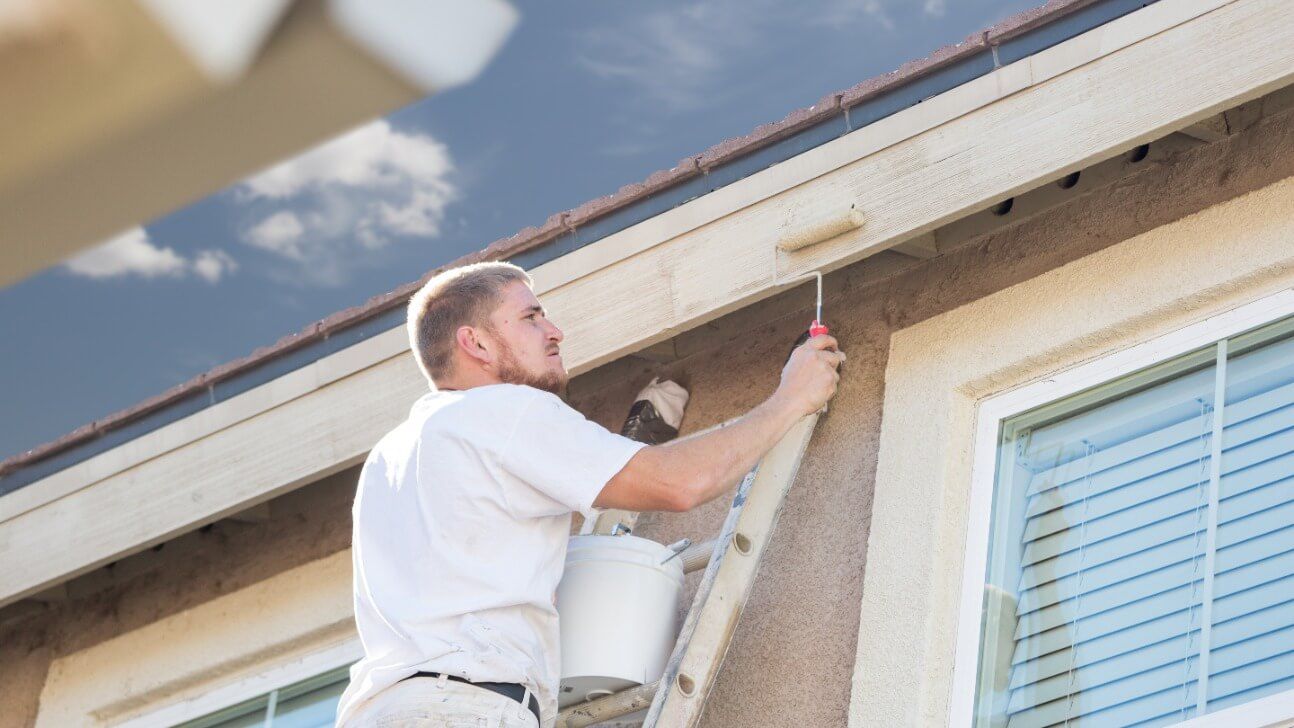
Professional vs. DIY Application
While DIY might save money upfront, professional painters ensure proper application, even coats, and full coverage. For maximum protection, reach out via the Contact page to speak with experienced painters.
How Often Should You Repaint?
Most homes need repainting every 5–10 years, depending on climate and paint quality. If you notice peeling, chalking, or faded color, it’s time to repaint.
Signs It’s Time for a New Coat
- Bubbling or peeling paint
- Mold or mildew growth
- Discoloration from UV exposure
- Cracking or warping materials
Is Protective Paint Worth the Price?
Absolutely. It extends your home’s lifespan, boosts value, and saves you money on repairs. A quality paint job is an investment, not a cost.
Long-Term Savings Through Paint
Think about this: a $4,000 paint job today can prevent $15,000 in siding repairs tomorrow. Proper paint isn’t just insurance—it’s smart budgeting.
Seasonal Inspection Checklist
Use this list to assess your paint’s condition:
- Check for cracks or chips
- Look for water stains or mildew
- Inspect caulking and joints
- Test for chalky residue
- Review areas facing direct sunlight
Cleaning and Touch-Up Guidelines
Gently wash your walls annually using mild soap and water. Touch up chips immediately to prevent exposure to the elements.
Homes Surviving Storms Thanks to Good Paint
Many coastal homes in Florida have stayed structurally intact thanks to weatherproof paint and coatings. Their owners trusted pros like those at House Painting Service to do it right.
Customer Reviews from House Painting Service
Homeowners consistently praise the durability and protective quality of professional exterior paint jobs—many reporting their homes look freshly painted even after 8+ years.
Final Verdict: Can Paint Really Shield Your Home from the Elements?
The truth? Paint is your home’s first line of defense. With the right products, surface prep, and application, it doesn’t just beautify—it protects. Investing in quality paint today saves you headaches and money tomorrow.
FAQs
Do I need a different paint for coastal homes?
Yes, choose salt-resistant and mildew-resistant exterior paints designed for marine environments.
How can I tell if my paint is failing?
Look for cracking, peeling, bubbling, or fading—these are signs it’s time to repaint.
What is the best season to paint a home exterior?
Spring and fall are ideal due to moderate temperatures and lower humidity.
Does paint protect against mold or mildew?
Yes, many paints include anti-microbial agents that resist mold and mildew growth.
How much does protective painting cost?
Expect to pay $1.50–$4.00 per square foot depending on materials and prep needed.
Can I paint over damaged exterior walls?
Only after repairing them. Painting over damage traps moisture and leads to bigger issues.
Links
